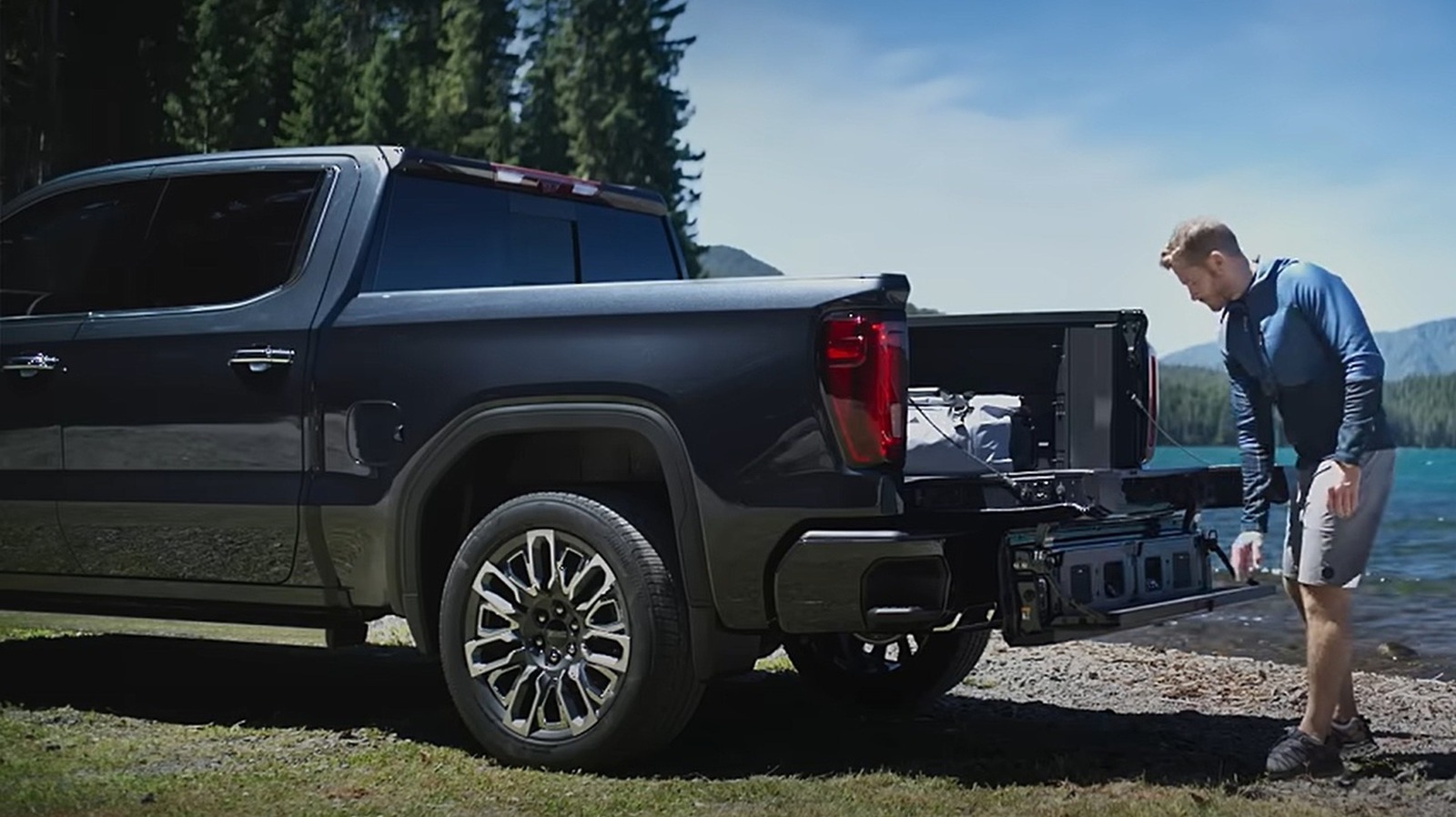Technology
Innovative Tailgate Designs Transform Modern Pickup Trucks

The pickup truck market has seen remarkable advancements in tailgate designs, offering enhanced versatility for users. As of 2025, several manufacturers have introduced innovative features that not only improve functionality but also bring a new level of convenience to everyday tasks.
Historical Context and Evolution
The year 2025 marks a centennial celebration since the first factory-assembled pickup truck, the 1925 Ford Model T “Runabout,” made its debut. This pioneering vehicle featured an adjustable tailgate and cargo pockets, setting a precedent for future designs. Over the decades, tailgates primarily operated by dropping straight down, but the introduction of removable tailgates in the 1980s by Ford began a gradual transformation. While these early innovations faced challenges, including theft, they laid the groundwork for the modern tailgate features we see today.
As competition intensified in the pickup market, manufacturers began to explore new approaches to tailgate functionality. This led to a diverse array of options designed to meet the needs of various users, from basic functionality to specialized features aimed at improving towing and loading efficiency.
Leading Innovations in Tailgate Design
One standout example of innovation is the Honda Ridgeline, which debuted in 2006. Honda’s unique approach included the Dual-Action Tailgate, allowing the tailgate to swing open like a fence gate in addition to dropping down. This design enhances accessibility to the Ridgeline’s lockable In-Bed Trunk, which offers 7.3 cubic feet of storage space. With a drain plug, this trunk doubles as a cooler for outdoor activities. The Ridgeline’s bed is also designed without wheel well intrusions, making it easier to load larger items, such as 4-by-8 sheets of plywood.
Another noteworthy model is the Ford Maverick, known for its affordability in the 2025 market. Its Multi-Position Tailgate allows users to open the tailgate halfway, aligning it with the tops of the wheel wells. This feature facilitates loading flat cargo while maintaining a level surface across the truck bed. The Maverick also includes storage cubbies within its Flexbed system, providing multiple ways to organize and secure cargo.
The Chevrolet Silverado and GMC Sierra trucks feature the Multi-Flex and MultiPro tailgates, respectively. These systems provide six essential functions, enhancing usability for both work and leisure. The easy-access inner gate facilitates reaching into the bed and can double as a step with a 375-pound limit. Notably, the GMC version has an optional audio system designed for tailgate gatherings.
Ford’s F-150 also offers a unique Pro Access Tailgate, which features an inner gate that swings outward from the driver’s side. This design grants users an additional 19 inches of reach into the bed, with the tailgate capable of opening at various angles. The redesigned tailgate cut-out in the bumper further simplifies access, while the optional Pro Power Onboard system provides multiple power outlets for tools and appliances.
Lastly, Ram has introduced its Multifunction Tailgate, which can drop down like a traditional tailgate or open sideways for easier access. This innovative design maintains a load rating of 2,000 pounds while allowing for convenient loading and unloading. The tailgate also features a built-in trailer hitch light, enhancing usability during low-light conditions. Additionally, the RamBox cargo management system offers further storage solutions and electrical outlets.
The advancements in tailgate technology reflect the growing demands and preferences of pickup truck users. As manufacturers continue to innovate, buyers can expect an increasing range of features that enhance the utility and versatility of their vehicles.
-

 Technology5 months ago
Technology5 months agoDiscover the Top 10 Calorie Counting Apps of 2025
-

 Health2 months ago
Health2 months agoBella Hadid Shares Health Update After Treatment for Lyme Disease
-

 Health3 months ago
Health3 months agoErin Bates Shares Recovery Update Following Sepsis Complications
-

 Technology4 months ago
Technology4 months agoDiscover How to Reverse Image Search Using ChatGPT Effortlessly
-

 Technology1 month ago
Technology1 month agoDiscover 2025’s Top GPUs for Exceptional 4K Gaming Performance
-

 Technology2 months ago
Technology2 months agoElectric Moto Influencer Surronster Arrested in Tijuana
-

 Technology5 months ago
Technology5 months agoMeta Initiates $60B AI Data Center Expansion, Starting in Ohio
-

 Technology5 months ago
Technology5 months agoRecovering a Suspended TikTok Account: A Step-by-Step Guide
-

 Health4 months ago
Health4 months agoTested: Rab Firewall Mountain Jacket Survives Harsh Conditions
-

 Lifestyle5 months ago
Lifestyle5 months agoBelton Family Reunites After Daughter Survives Hill Country Floods
-

 Technology4 months ago
Technology4 months agoHarmonic Launches AI Chatbot App to Transform Mathematical Reasoning
-

 Technology3 months ago
Technology3 months agoUncovering the Top Five Most Challenging Motorcycles to Ride





















